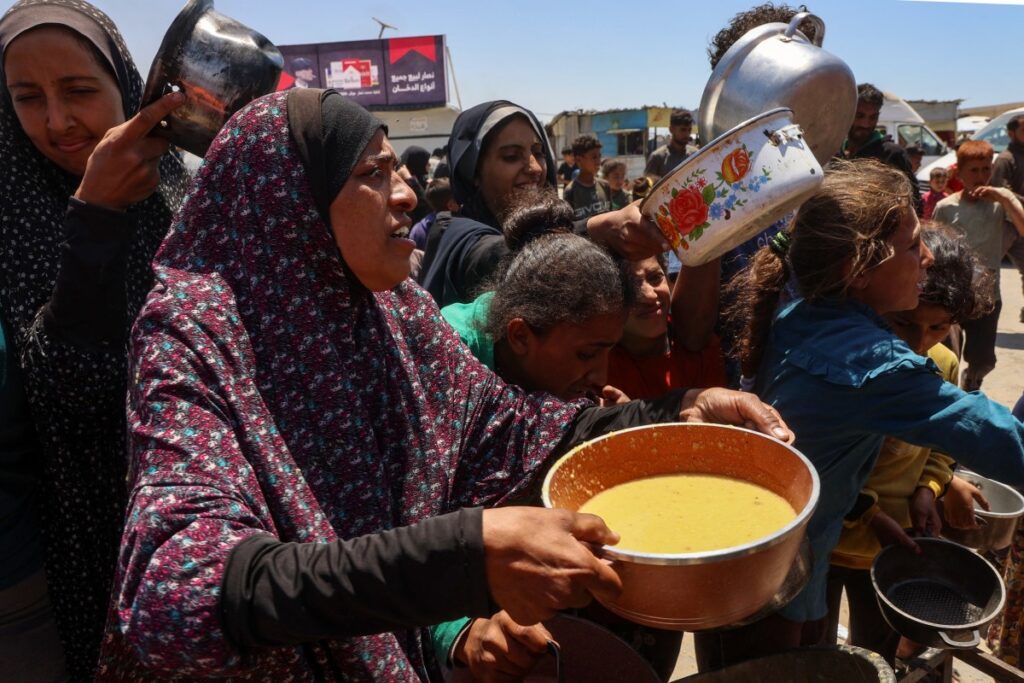
- ARAB NEWS
- 15 Jul 2025

ROME: Less than five percent of Gaza’s farmland remains viable, significantly increasing the risk of famine, according to the latest geospatial assessment conducted by the Food and Agriculture Organization of the United Nations (FAO) and the United Nations Satellite Centre (UNOSAT).
Using high-resolution satellite imagery, the assessment revealed that 80 percent of cropland has been damaged, and 77.8 percent is currently inaccessible to farmers. The situation is particularly dire in Rafah, where most cropland is no longer available.
The assessment also found that 82.8 percent of agricultural wells have been damaged, along with 71.2 percent of greenhouses. Rafah again recorded the highest increase in greenhouse damage, with 86.5 percent affected in April 2025—up from 57.5 percent in December 2024.
Following the collapse of the ceasefire in Gaza, the FAO estimated that damages and losses sustained by the agricultural sector since the outbreak of hostilities in 2023 have exceeded $2 billion.
The latest FAO and UNOSAT report, released alongside a new Integrated Food Security Phase Classification (IPC) analysis, warns that the entire population of Gaza faces the imminent threat of famine.
According to the IPC report, between April 1 and May 10, 93 percent of the population—approximately 1.95 million people—were classified in Crisis or worse (IPC Phase 3 or higher).
This includes 925,000 people (44 percent) in IPC Phase 4 (Emergency) and 244,000 people (12 percent) in IPC Phase 5 (Catastrophe), the latter of whom are experiencing catastrophic levels of food insecurity and face starvation.